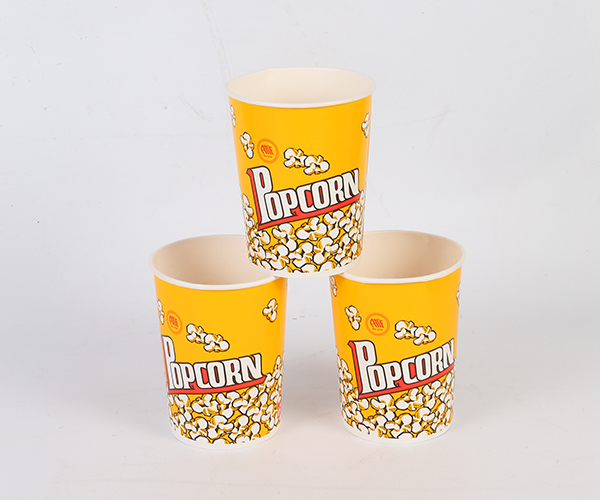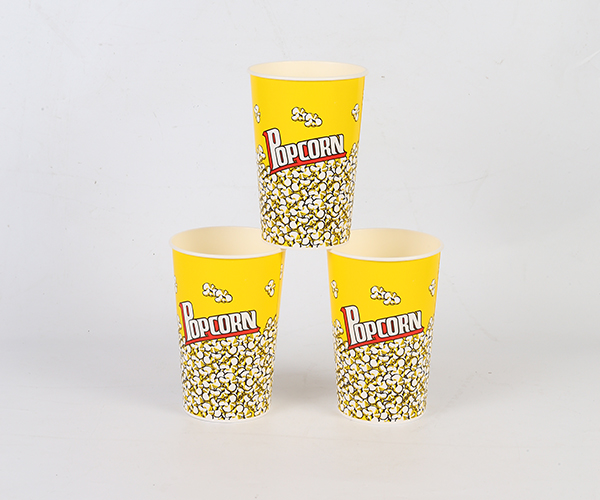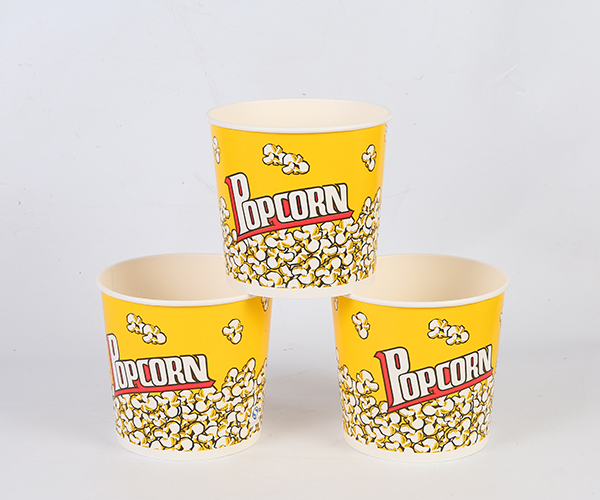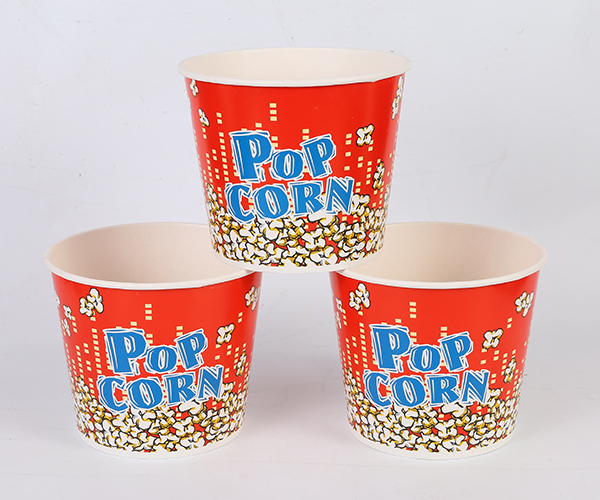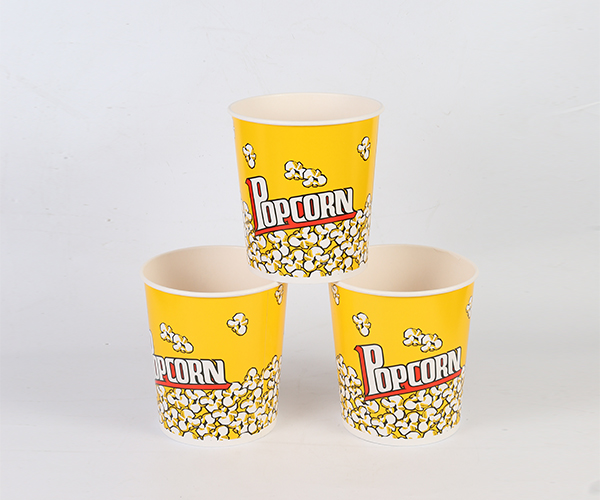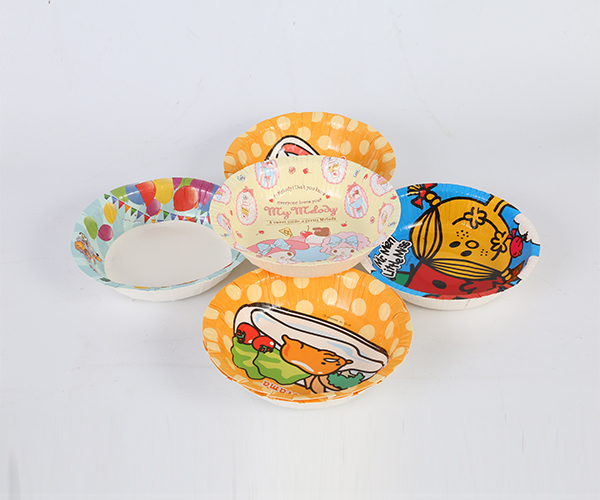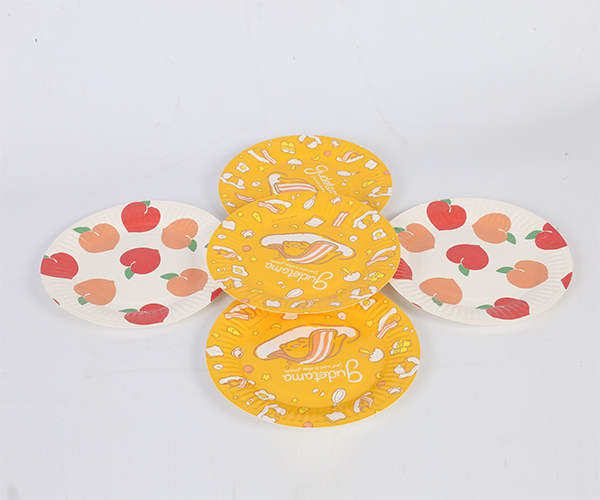Disposable Paper Plates are a convenient choice for many events and food service occasions due to their ease of use and disposal. However, one concern that often arises is their performance in high-humidity environments. Since these plates are primarily made from paper materials, exposure to moisture in the air can affect their structural integrity. This article explores whether Disposable Paper Plates are prone to softening under humid conditions and what measures can help maintain their usability.
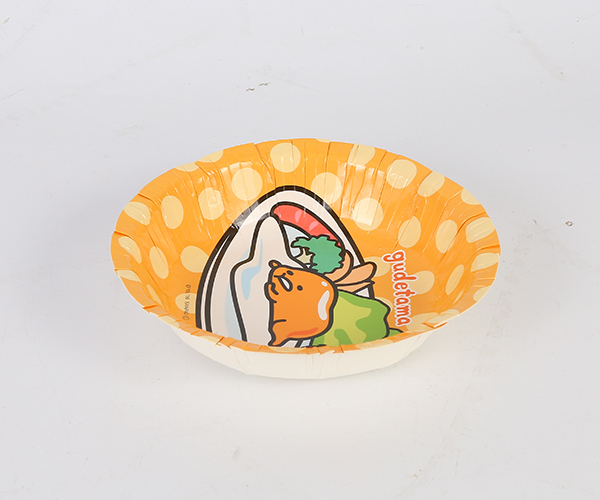
Material Composition and Vulnerability
Most Disposable Paper Plates consist of compressed paper pulp, which is naturally porous and hygroscopic, meaning it can absorb moisture from the environment. While many plates feature a thin coating of plastic, wax, or biodegradable films to improve moisture resistance, these coatings are usually designed to protect the plates from direct contact with liquids rather than prolonged exposure to humid air. As a result, high ambient humidity can still cause the paper fibers to absorb moisture gradually, causing softening and loss of rigidity.
How Humidity Affects Paper Plates
In environments with high relative humidity, such as tropical climates, kitchens, or outdoor locations during rainy seasons, the paper fibers in the plates absorb water vapor from the air. This moisture absorption causes the fibers to swell and weaken, reducing the plate’s stiffness and making it more prone to bending or collapsing when holding food. This softening effect is often more noticeable after long periods of storage or if the plates are exposed without adequate packaging protection.
Packaging and Storage Considerations
Proper packaging is critical in preventing moisture-related damage to Disposable Paper Plates. Manufacturers often package plates in sealed plastic wrap or shrink wrap to reduce exposure to ambient humidity during shipping and storage. Once the package is opened, however, the plates become more vulnerable if not stored properly. To maintain their firmness, it is important to keep plates in a cool, dry environment, away from humid air and direct sunlight. Using airtight containers or resealable plastic bags can also help protect opened packages from moisture.
Effects During Use in Humid Conditions
During use in a high-humidity environment, Disposable Paper Plates can start to lose strength faster, especially if the food is warm or contains moisture. The combined effect of humidity and food moisture can accelerate softening, causing the plates to become limp or even soggy in bad cases. This reduces their reliability and user experience. Using plates with stronger coatings or thicker construction can help mitigate these issues by providing an additional barrier to moisture penetration.
Preventive Tips for Consumers
Consumers can take several steps to decrease the softening of Disposable Paper Plates in humid conditions. These include: Purchasing plates with moisture-resistant coatings or labeled for high durability; Storing plates in sealed containers with desiccant packets to absorb excess moisture; Avoiding prolonged exposure of plates to open air after opening packaging; Using thicker or double-layered plates for events in humid environments; Serving food promptly to reduce contact time with humid air and moisture
Conclusion
Disposable Paper Plates do have a natural susceptibility to softening when exposed to high humidity due to their paper-based composition. However, the degree of softening depends largely on the quality of the plate’s coating, storage conditions, and the environment in which they are used. By selecting moisture-resistant plates and storing them carefully, users can significantly reduce the risk of plates becoming limp or deformed, ensuring a more reliable and pleasant dining experience even in humid settings.


 English
English 中文简体
中文简体